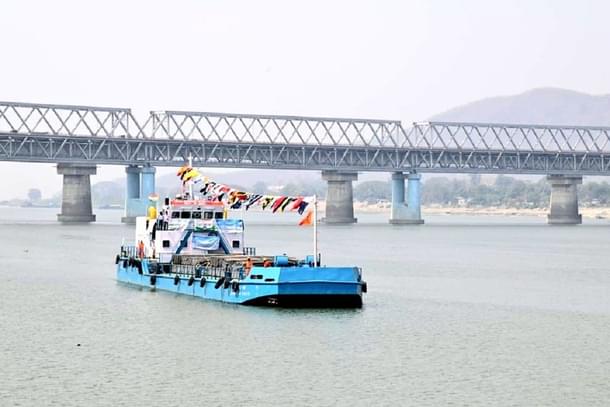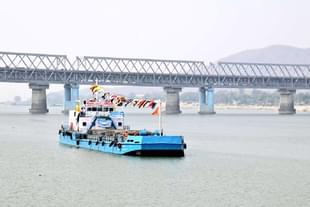News Brief
China Approves World's Largest Dam On Brahmaputra River Near Indian Border
Arjun Brij
Dec 27, 2024, 10:46 AM | Updated 10:46 AM IST
Save & read from anywhere!
Bookmark stories for easy access on any device or the Swarajya app.


China has approved the construction of the world’s largest hydropower dam on the lower reaches of the Yarlung Zangbo River, the Tibetan name for the Brahmaputra, near the Indian border.
The $137 billion project, described as the world's biggest infrastructure undertaking, has raised concerns in downstream nations India and Bangladesh.
The dam will be built in a massive gorge where the river makes a U-turn to enter Arunachal Pradesh before flowing into Bangladesh.
With an expected annual electricity generation of over 300 billion kWh—enough to meet the needs of 300 million people—it will surpass China's Three Gorges Dam, currently the largest in the world.
The project, part of China’s 14th Five-Year Plan (2021–2025) and long-term objectives through 2035, aims to harness the river's hydropower potential, which includes a 2,000-meter vertical drop over 50 kilometers.
"The lower reaches area features nearly 70 million kilowatts of resources that could be developed—that is more than three Three Gorges Dams," Yan Zhiyong, former chairman of the Power Construction Corporation of China, stated earlier in 2020.
However, there are concerns in India over the dam's potential to control water flow and release floods during hostilities.
The site’s location on a tectonic plate boundary also poses seismic risks. However, Chinese authorities emphasised safety measures.
"Through extensive geological explorations and technical advancements, a solid foundation has been laid for the science-based, secure, and high-quality development of the project," an official statement said.
China's official media described the project as a green initiative contributing to carbon neutrality and climate change mitigation. It will create a clean energy base by integrating hydro, wind, and solar power, while also spurring economic growth in Tibet.
"It is a project for national security, including water resources and domestic security," Yan said, adding that it would generate 20 billion yuan ($3 billion) annually for the Tibet Autonomous Region.
India and China have an Expert Level Mechanism (ELM) for trans-border river discussions. During recent talks, both sides addressed data sharing. However, the scale and strategic implications of this project continue to raise questions about regional cooperation and ecological impacts.
Arjun Brij is an Editorial Associate at Swarajya. He tweets at @arjun_brij




